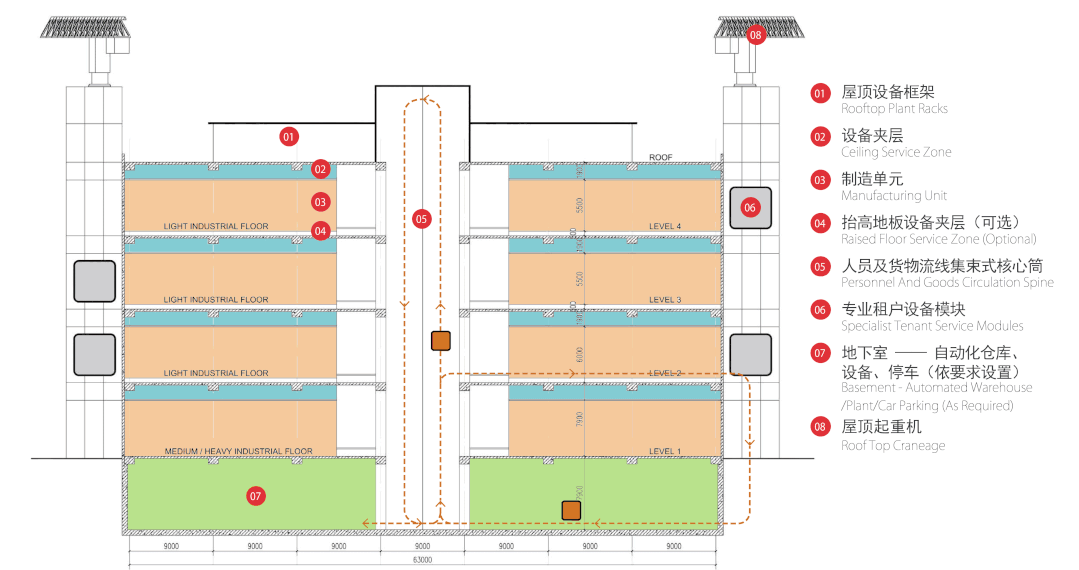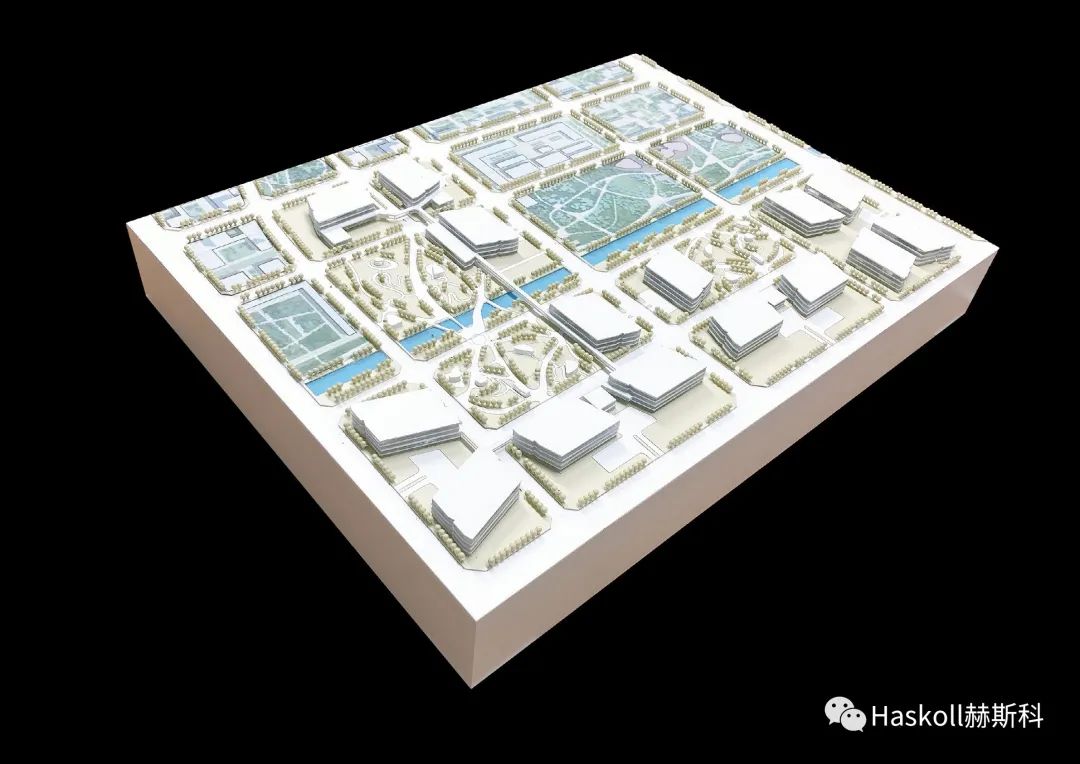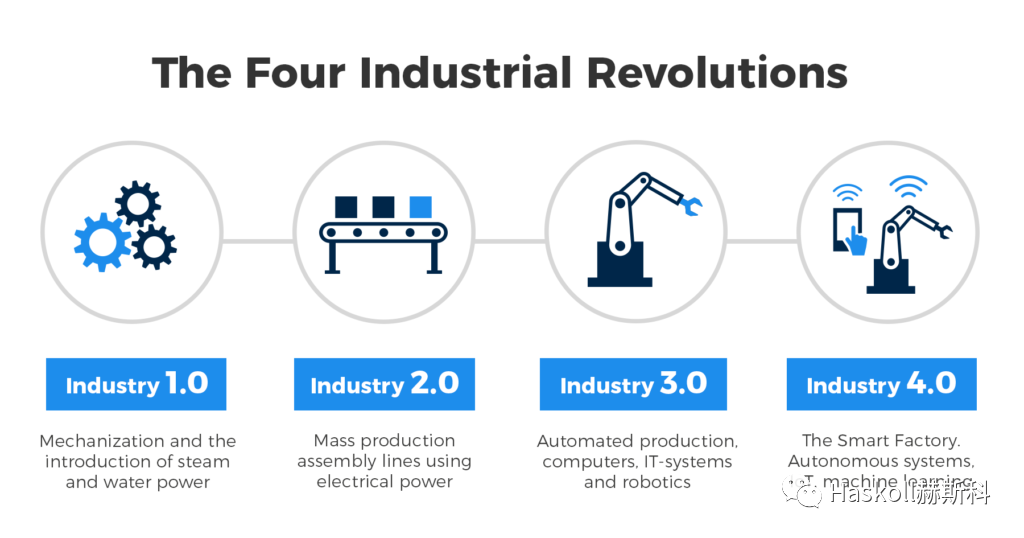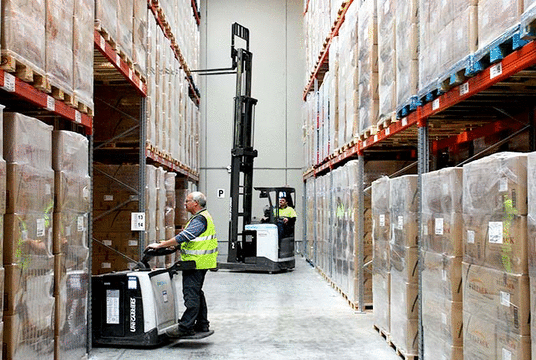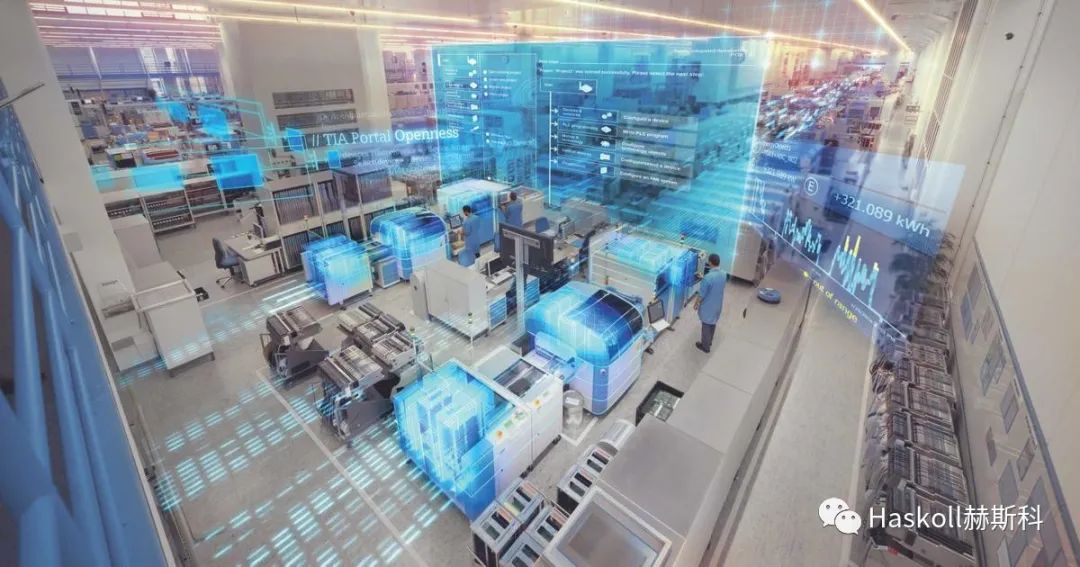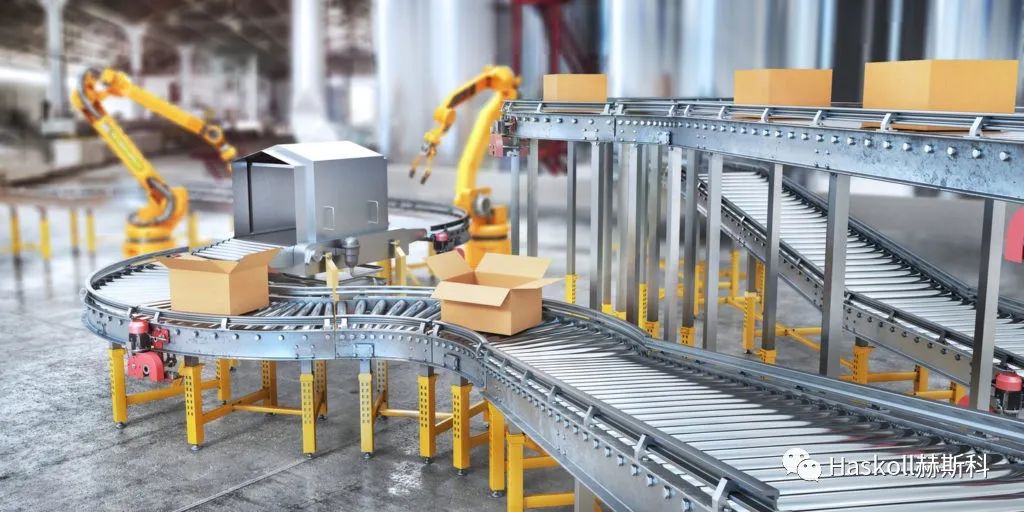News Information
2021-12-31
【Winner】Beijing Science And Technology Industrial 4.0 Park
01. What is Industry 4.0?
The German industry 4.0 platform clearly points out that the first industrial revolution in Britain is industry 1.0, which is mainly characterized by mechanization; The second industrial revolution characterized by electrification and automation is industry 2.0; And then the third industrial revolution characterized by the wide application of PLC (programmable logic controller) is industry 3.0; Of course, The future manufacturing industry characterized by CPS (cyber physical systems) can be called Industry 4.0.
Industry 4.0 Internet of things: Information Physics system
Industrial economic innovation: build an intelligent industrial world, develop smart factories with adaptability, resource efficiency and man-machine collaborative engineering, run through the supply chain partner process and enterprise value process, and create product service-oriented and customized supply capacity.
Industry 4 is one of 10 "Future Projects" identified by the German government as part of its High-Tech Strategy 2020. It seeks to position Germany at the forefront of smart manufacturing" by recognizing the emergence of a new industrial age.
An age in which cyber-physical systems revolutionise the ways in which we develop and manufacture with dramatically increased efficiency and productivity in an environment of increasingly flexible models of work organization.
02. Just In Time
The move towards low volume, high mix production with a “Just In Time” philosophy sets new challenges around logistics and materials and product handling. Our design provides seamless interfaces between tenant and building wide materials handling.
03. Industry 4.0 Architecture
Optimise Design With Flexibility For Futureproofing
The need to rapidly reconfi gure agile prototyping and manufacturing processes places new demands on flexibility of space and building and process service distribution.
We see the building as a direct expression and extension of the advanced production activities within. A living adaptable smart machine to support innovative processes. It will be efficient, adaptive, responsive and as technically advanced as its occupiers.
The building will be conceived as a highly adaptable framework to support the diverse needs of its target range of new technology occupiers. It should be a long life, loose fi t playground for innovation.
Generous floor to ceiling heights and simple uncluttered fl oorplates are keys to occupier needs.
Importantly we will design a building which can operate with a range of solutions to logistics handling from the simple to the most sophisticated.
The building IT infrastructure will enable it to plug into a Smart City network to monitor and optimise traffic movement to and from the site and align it to JIT production.



